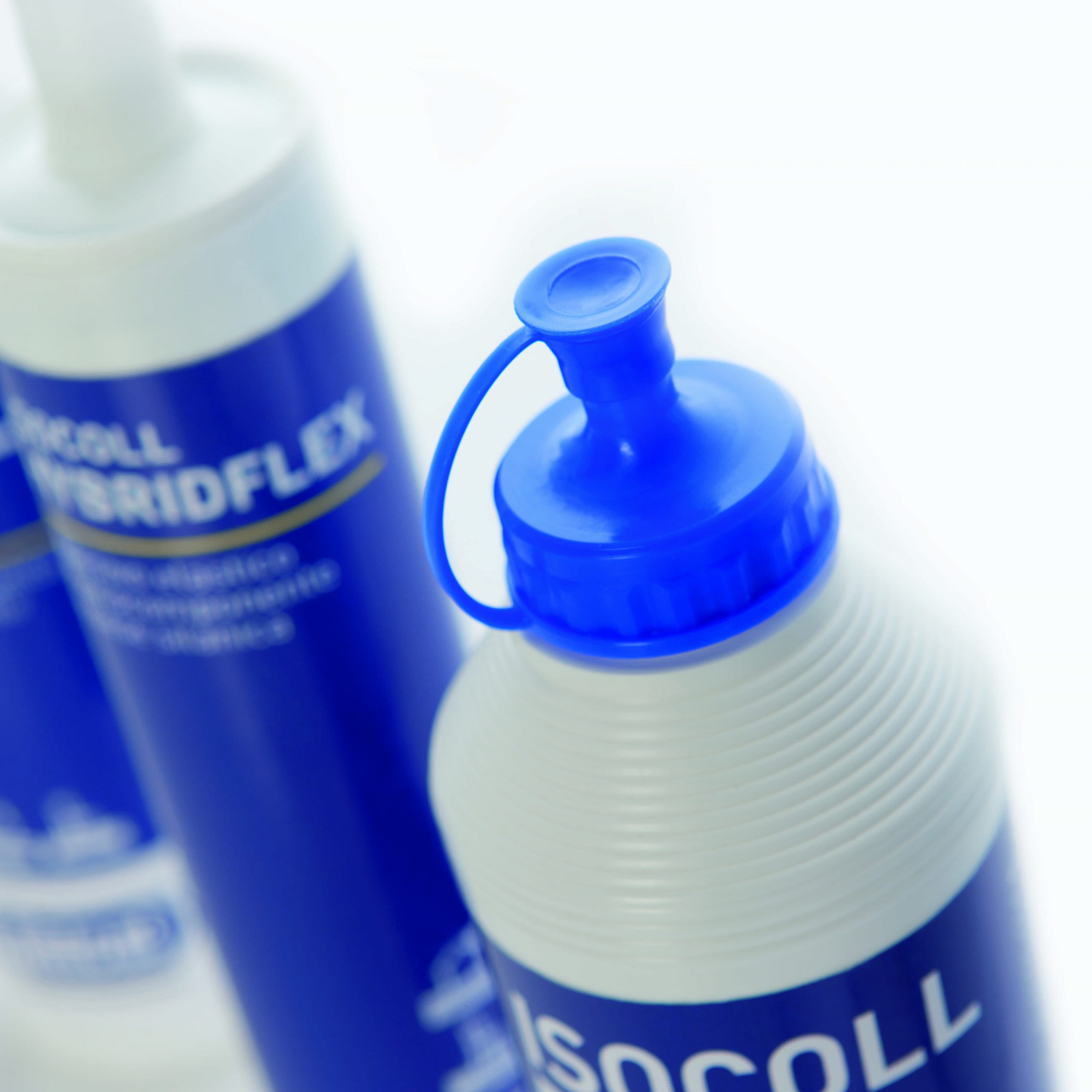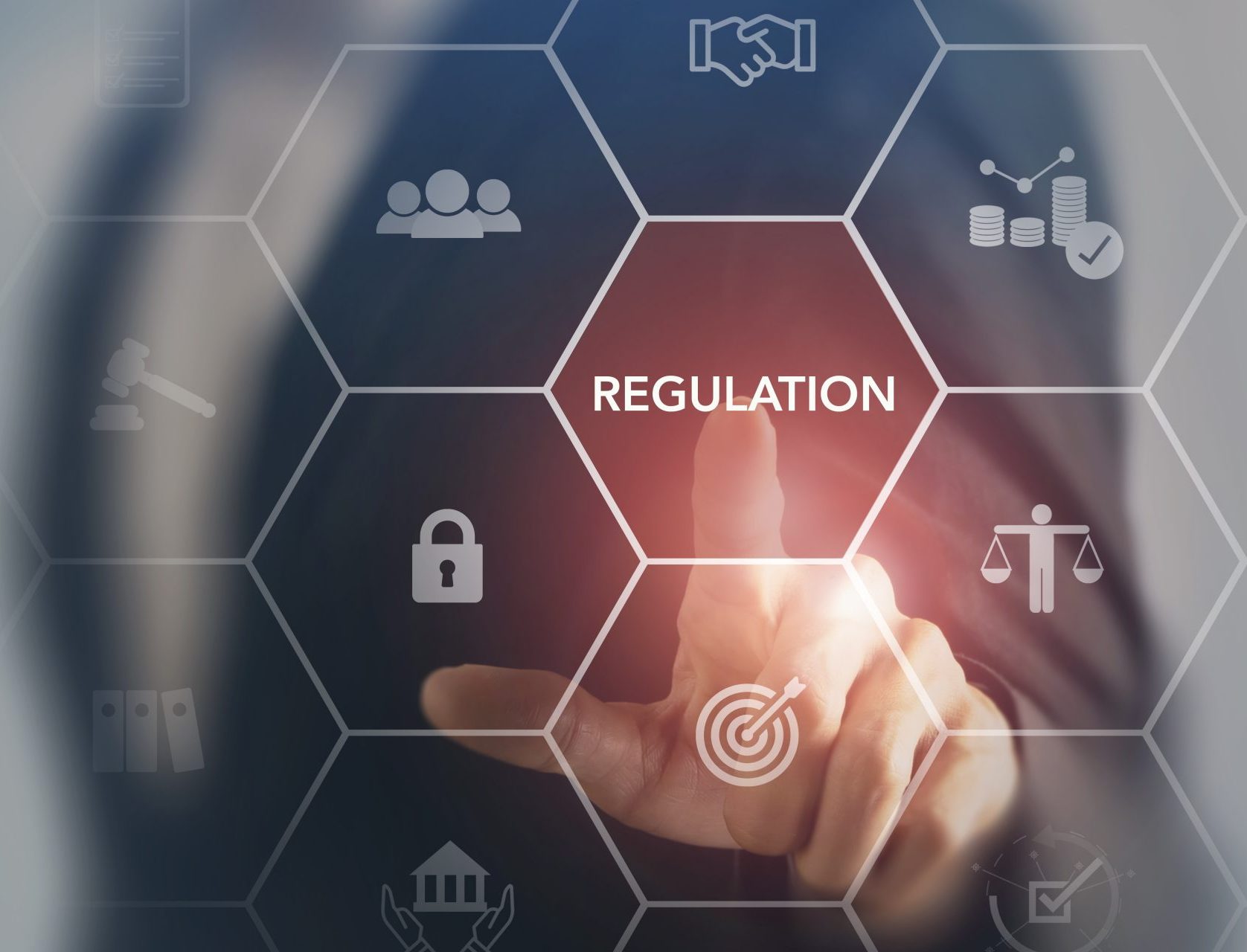RESTRICTIONS ON THE USE OF DIISOCYANATES
We would like to inform you that new Reach* restrictions on the use of diisocyanates in polyurethane products with a concentration of 0.1% or higher will come into effect on August 24, 2023.
WHAT IT ENTAILS:
After this date, all commercial and industrial users of polyurethane adhesives containing a total concentration of diisocyanate monomer >0.1% must undergo training for their use. (see brochure link ENG)
WHY IT NEEDS TO BE DONE:
The restriction aims to ensure that all users who come into direct contact with products containing diisocyanate are informed and trained to assess the risks associated with the use of this substance.
PLEASE NOTE: THIS RESTRICTION IS NOT INTENDED TO LIMIT THE AVAILABILITY OF THESE PRODUCTS
All Unicol customers can continue to use their respective polyurethane adhesives currently in use without any problems. Starting from February 24, 2023, Unicol has included the following statement on the label: “Starting from August 24, 2023, industrial or professional use is only allowed after appropriate training.”
HOW IS THE TRAINING CONDUCTED?
All personnel who handle the aforementioned substances in the workplace only need to complete specific safety training. The duration of the training depends on the level of exposure to diisocyanates. According to Regulation (EU) 1149/2020, point 4, the training must be conducted by an expert in occupational health and safety, with skills acquired through relevant professional training.
The extent of the training depends on the degree of exposure to diisocyanates and may therefore vary from worker to worker. An overview of the training levels with their respective criteria is available here. The certificate of successfully completed training is valid for 5 years.
ADDITIONAL INFORMATION AVAILABLE:
Full text of EU regulation: here
Information page of FEICA: here
‘* = Reach is a European Union Regulation adopted to improve the protection of human health and the environment from the risks that may arise from chemicals, while simultaneously strengthening the competitiveness of the European chemical industry.





